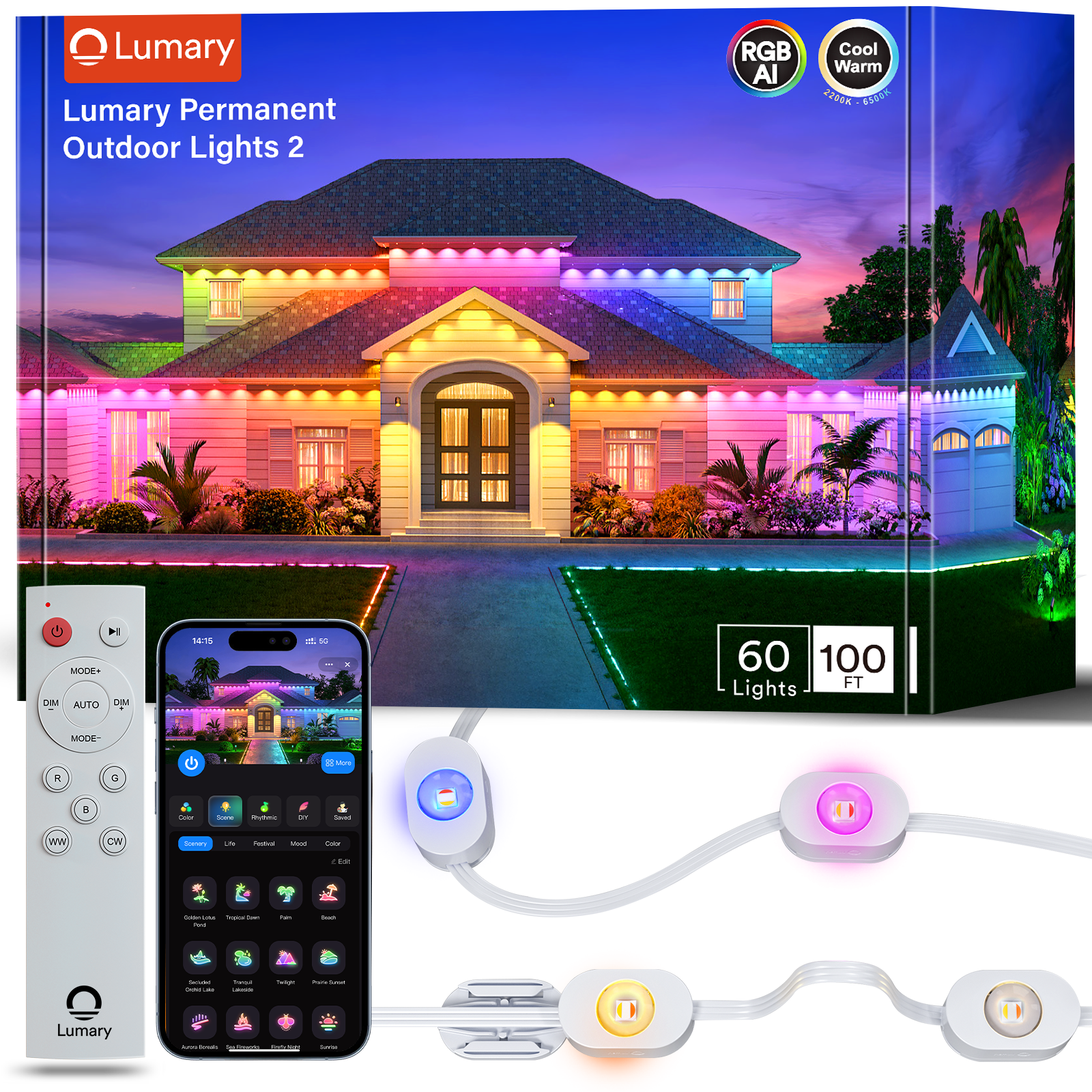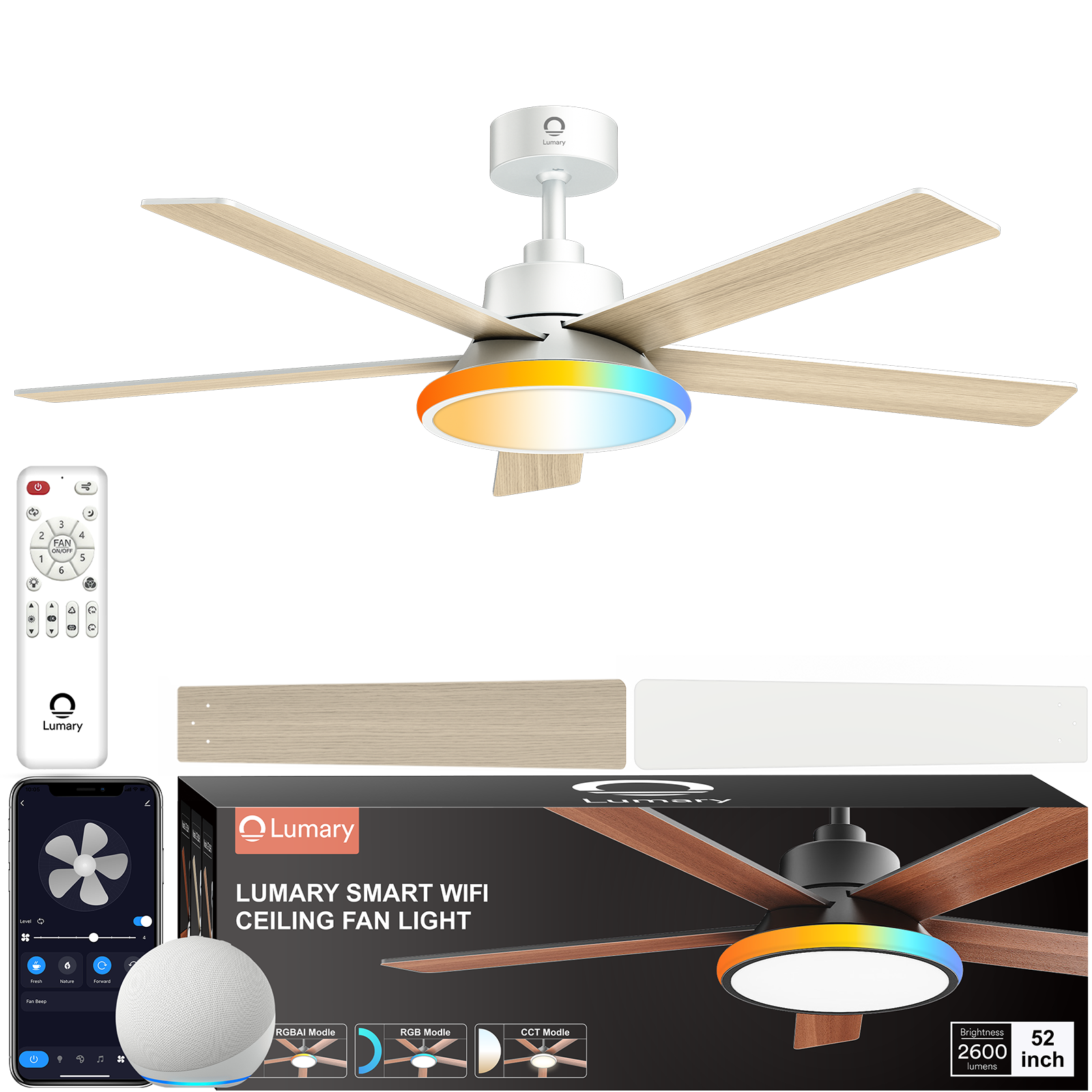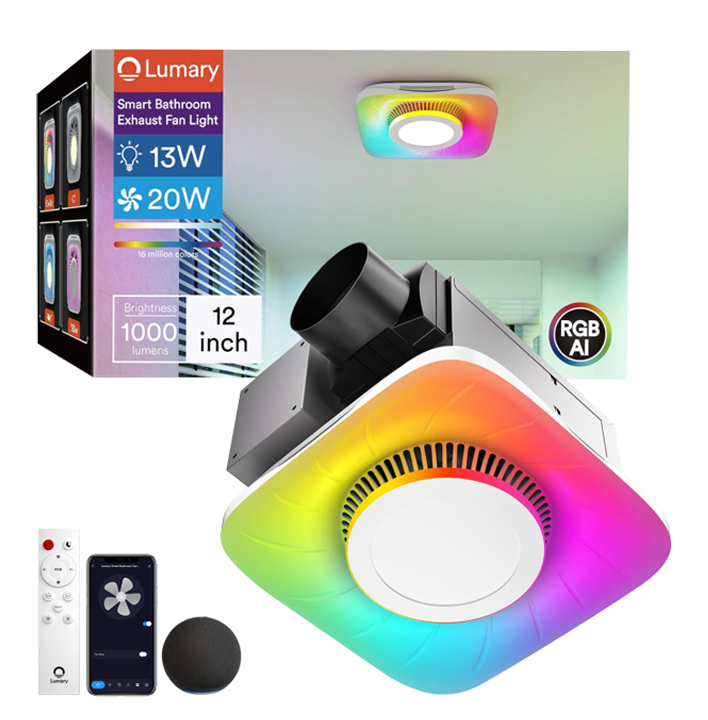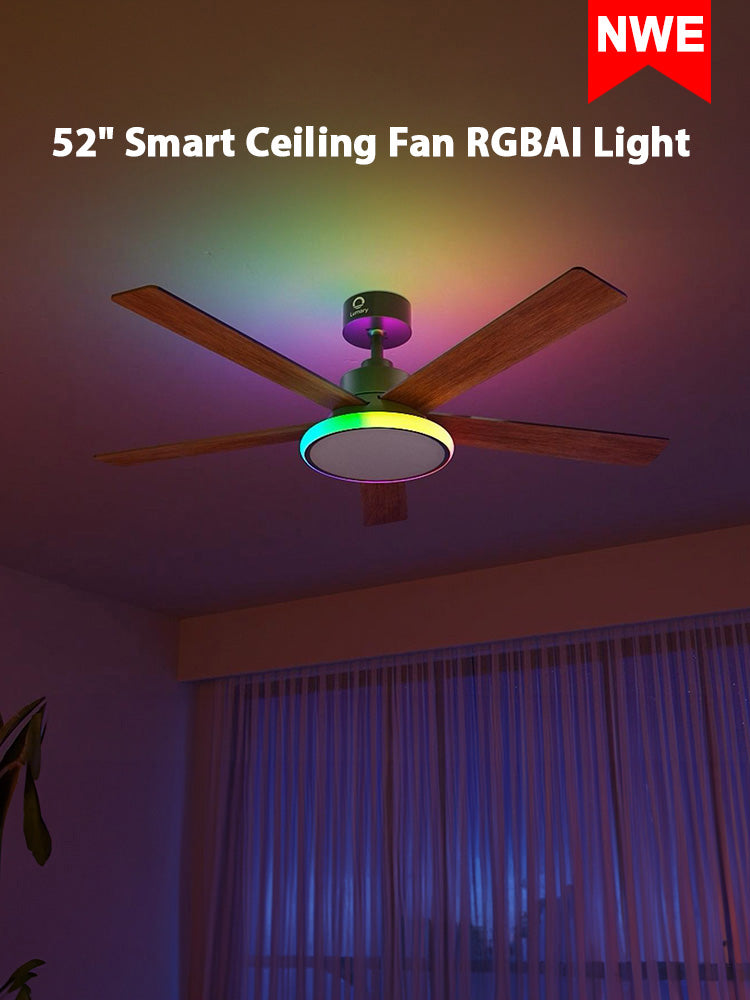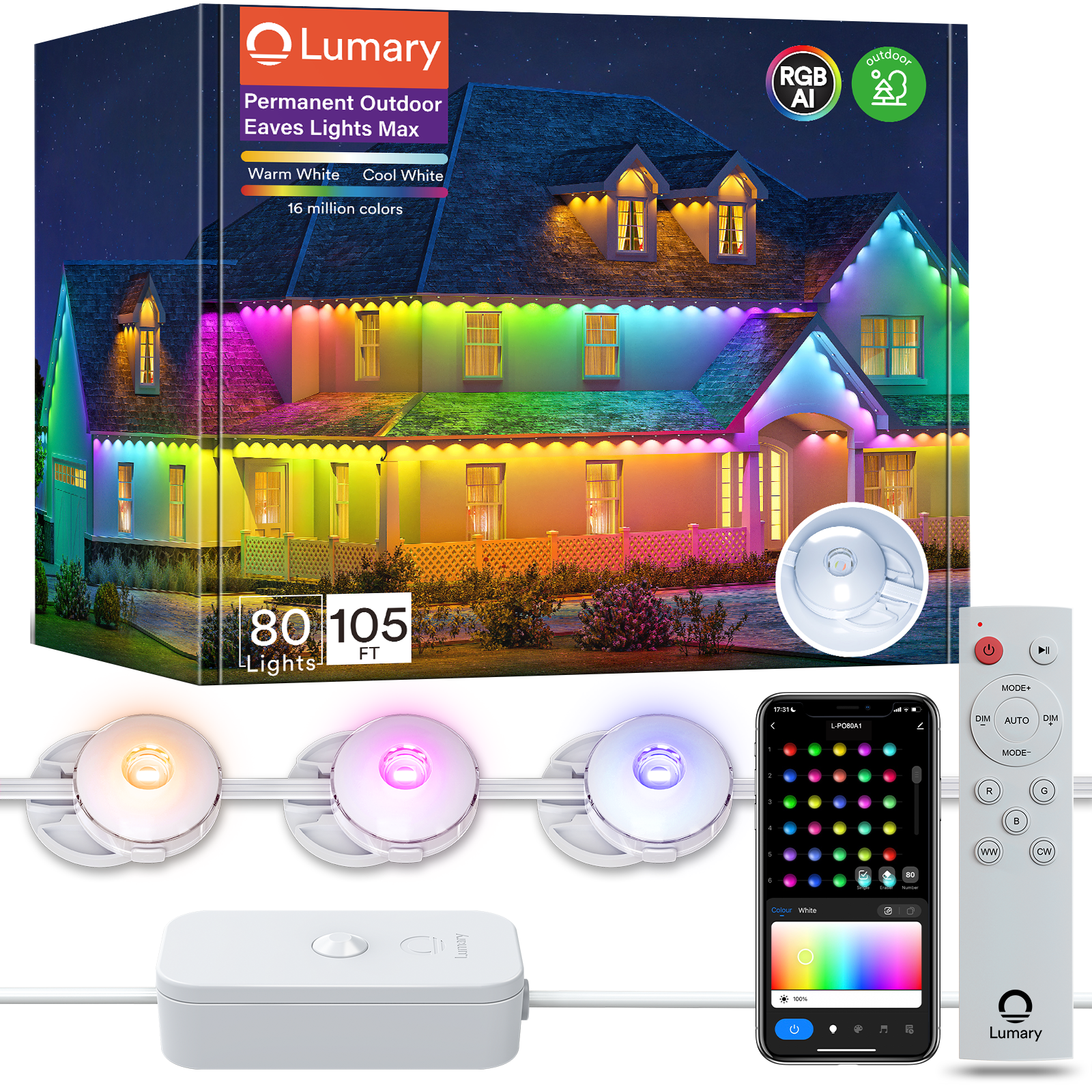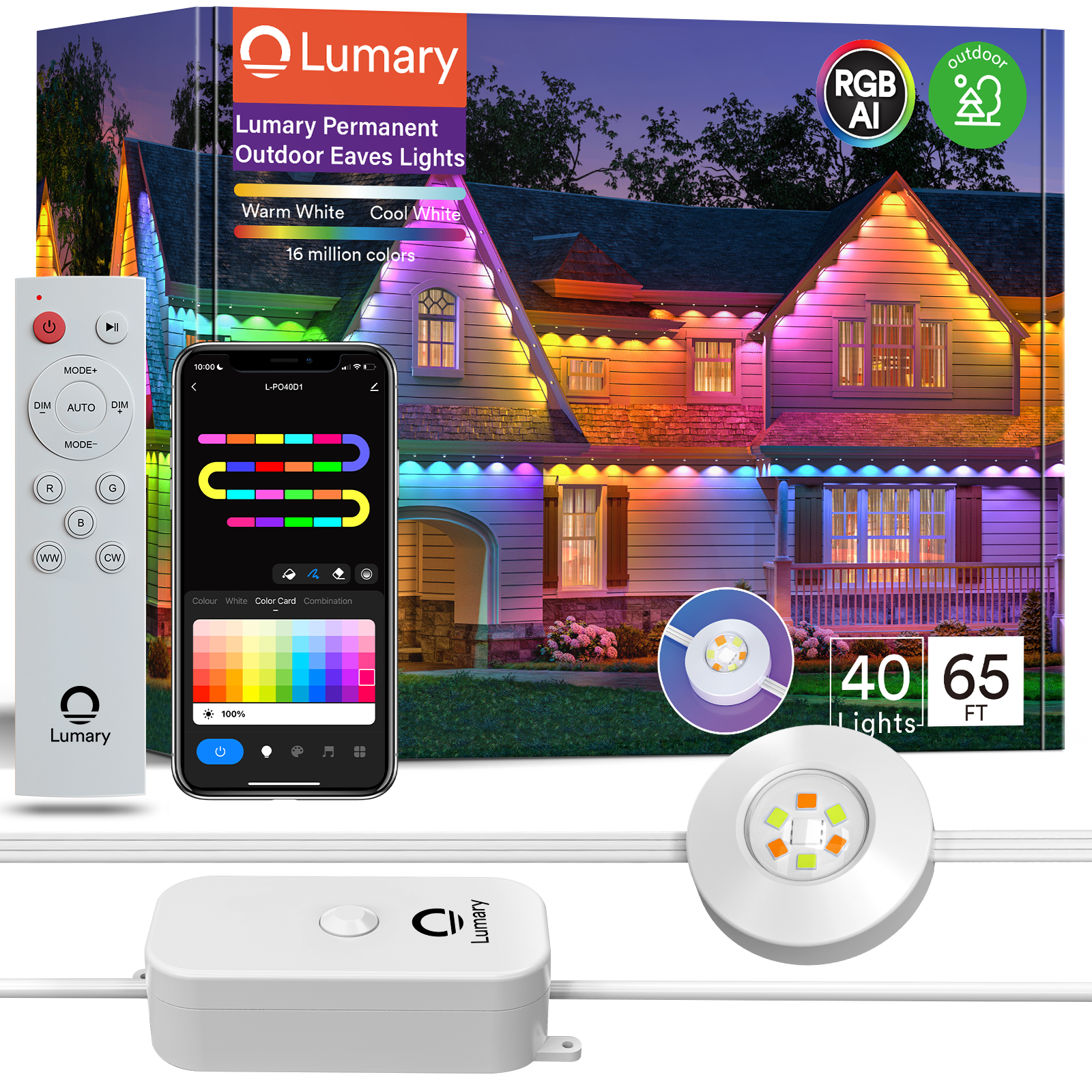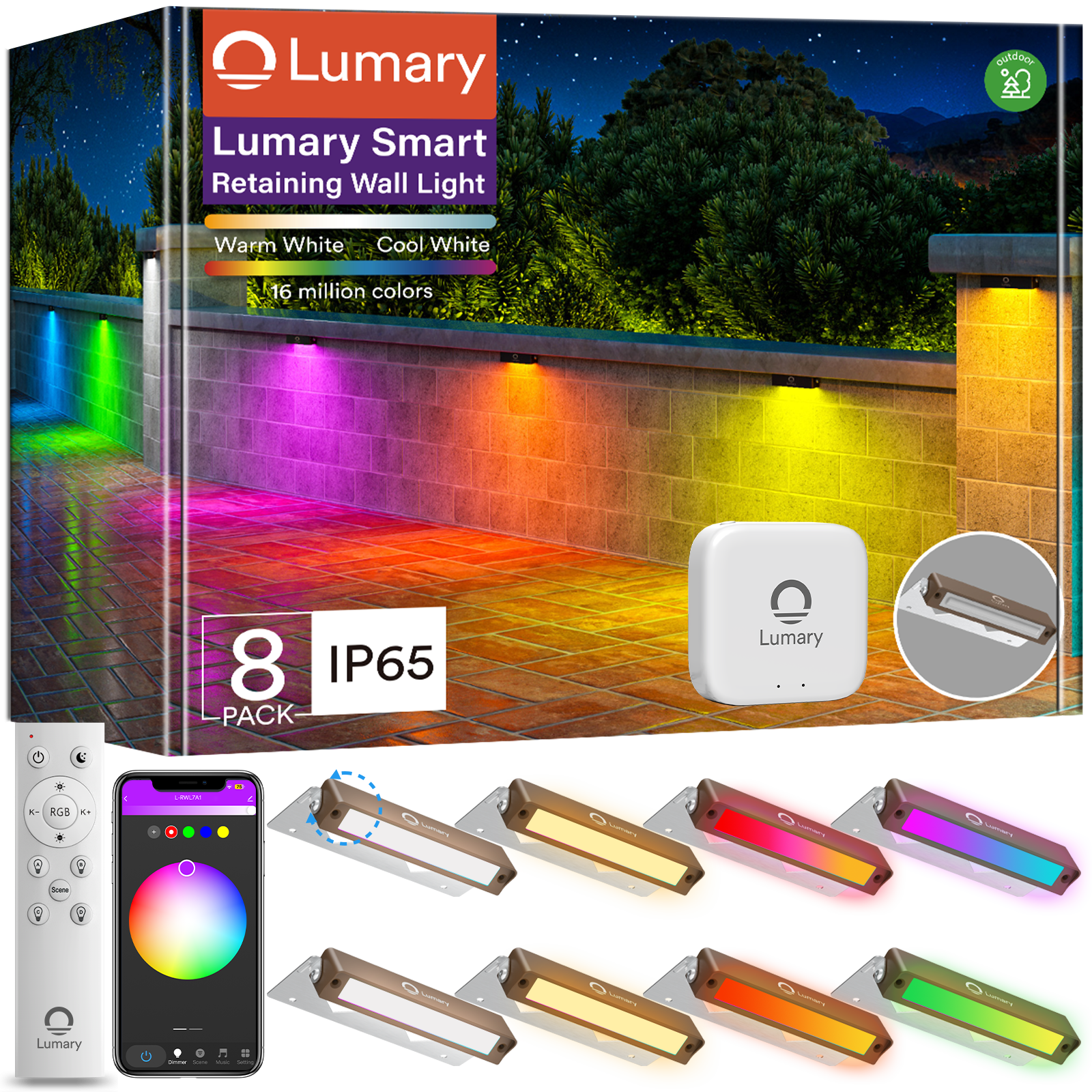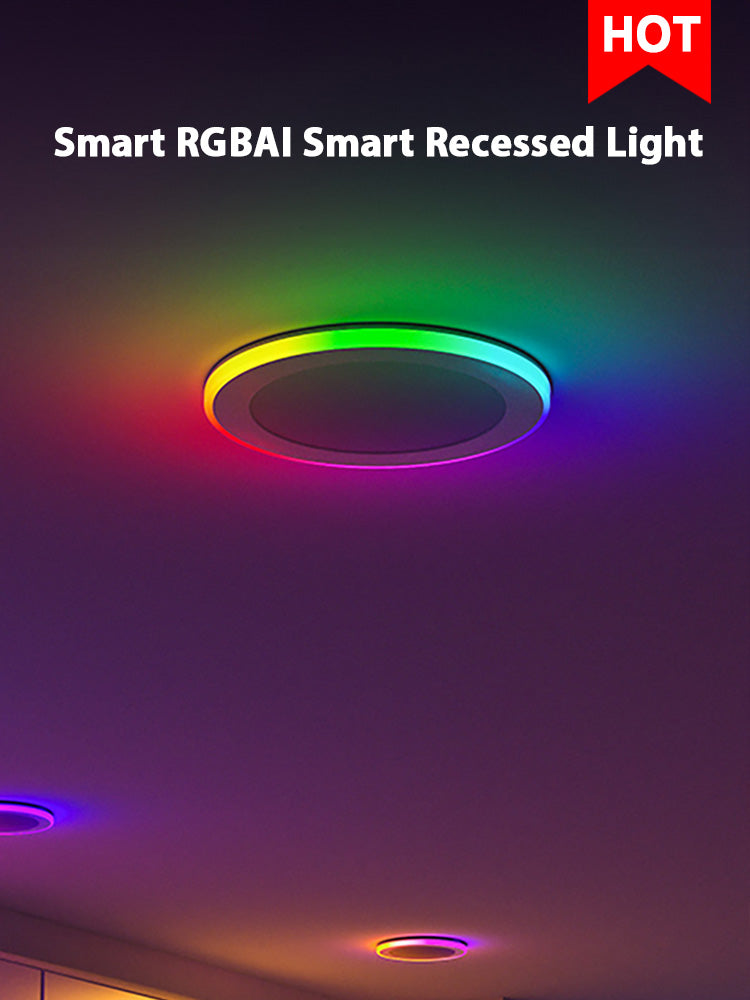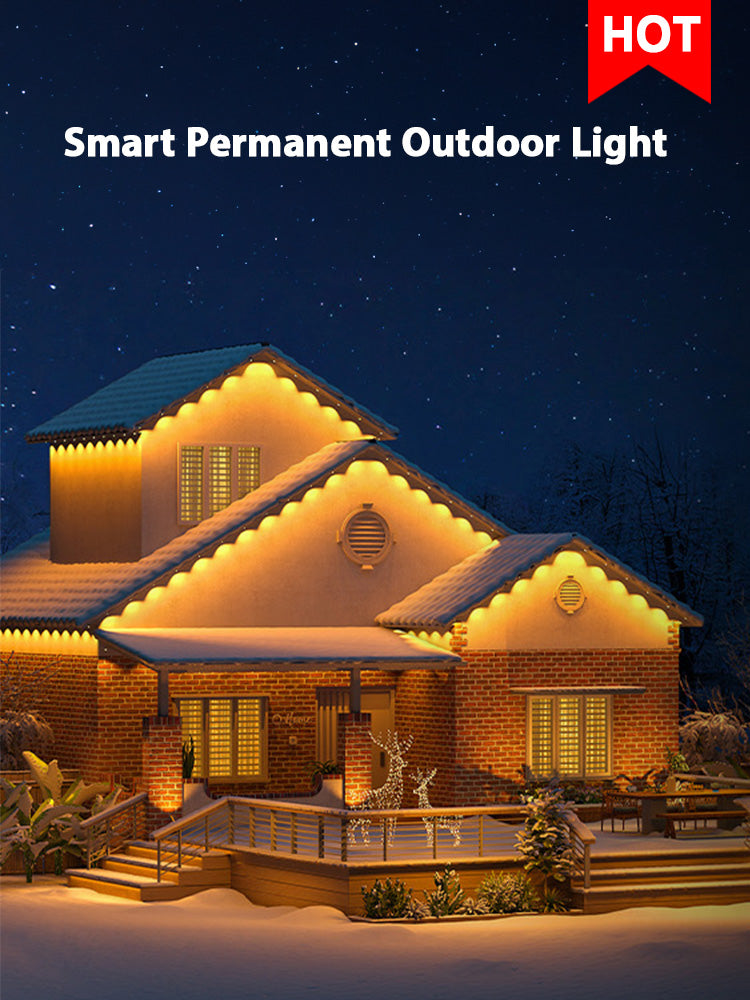Color temperature is a simple yet powerful detail that shapes everything from the perfect selfie to the cozy feel of your living room. Measured in something called Kelvins, color temperature tells you if the light is warm, giving off a soft, golden glow, or cool, like the crisp light on a clear day. It’s more than just science; it’s about setting the right mood, getting better sleep, and feeling more alert during the day. This guide will tell you these ideas in plain language, helping you tap into color temperature to make small changes with big impacts on your daily life.
Your Guide to Light’s Warmth and Coolness

Have you ever noticed how some rooms make you feel warm and cozy while others feel bright and energizing? That’s all down to color temperature.
The Kelvin Scale
A scale with numbers tells you how light behaves. Lower numbers (around 2000K-3000K) mean light is more orange or yellowish, like the flames of a fire, giving off a warm feeling. As we move up the scale to medium values (3100K to 4500K), the light starts to look whiter - this is often called “cool white” or “bright white.” And when we hit high numbers (4600K and above), we’re in daylight territory – the light is bluish-white and feels like natural sunlight on a clear day.
Why Does Kelvin Matter?
The light’s color can play tricks on your brain. Warm light tends to relax us, making it great for places where you want to chill out, like your living room or bedroom. Cool light, on the other hand, keeps us alert and focused, so it’s perfect for places where you need to concentrate, like an office or a kitchen.
Bringing Kelvin to Life
How can we translate these Kelvin numbers into real life? Try this:
- Look at sunrise or sunset; that’s your warm light, typically under 3000K.
- Midday light, which feels brighter and less orange, is about 5000K – now that’s neutral.
- A cloudy sky, giving off a very cool and somewhat blue light, goes higher on the scale, beyond 6500K.
Whether you’re buying light bulbs or choosing filters for photos, knowing your Kelvins will help you set the scene just right.
How Color Temperature Shapes Your World
How does color temperature play a starring role in photography and interior design?
Photography and Kelvin
In photography, light is everything. It can change the mood of your picture from warm and intimate to cool and dramatic. Professional photographers tweak their camera settings to match the natural light, ensuring the colors in their photos look true to life. But you don’t need a fancy camera to make the most of this knowledge. Even when snapping a photo on your phone, you can choose filters that mimic higher or lower Kelvin values to get that perfect shot.
Interior Spaces Alive with Color
Lighting is a designer’s secret weapon. It’s all about using bulbs with the right Kelvin value to complement the color scheme and function of each room. Soft, warm lights (lower Kelvin) are typically used in bedrooms and living rooms, where we go to unwind. Brighter, whiter lights (medium Kelvin) work well in bathrooms and kitchens, where clarity is key. And for offices or study areas? Lean towards the cooler, higher Kelvin end of the spectrum to help keep your mind sharp.
Quick Tip
When buying light bulbs, check the packaging for the Kelvin number. Most will list whether the light is ‘soft white,’ ‘bright white,’ or ‘daylight,’ along with the Kelvin rating. This small step can make a big difference in finding the right bulb for your needs.
Better Health with the Right Light
Adjusting the color temperature in your environment is a practice that can also have profound effects on your physical and mental well-being.
Sync with Your Circadian Rhythm
Our bodies are tuned to rise with the sun and rest as it sets, thanks to our circadian rhythm. Integrating lighting that aligns with this natural cycle—warm lights at night (lower Kelvin) and cooler, brighter lights during the day (higher Kelvin)—can help maintain our internal clock. This synchronization can lead to better sleep, improved mood, and even stronger cognitive function.
Warm Light for Relaxation and Sleep
Research suggests that exposure to warm light in the evening, mimicking the sunset, prepares your body for sleep by triggering the release of melatonin, the sleep hormone. So, bulbs with a lower Kelvin rating (2000K-3000K) are ideal for bedrooms or lounges where relaxation is key.
Cool Light for Alertness and Activity

On the flip side, cool light simulates the midday sun and can inhibit the production of melatonin, keeping you alert and awake. This makes higher Kelvin values (4600K and above) perfect for places where focus is required, like offices or classrooms.
Managing Seasonal Affective Disorder (SAD)
For those affected by Seasonal Affective Disorder, where shorter daylight hours can lead to depression, light therapy using lamps with a specific color temperature has been shown to alleviate symptoms by compensating for the lack of natural daylight.
Quick Tip
Consider investing in dimmable lights or smart lights that can transition from warm to cool throughout the day. This setup gives you the flexibility to adjust the color temperature according to the activity and time of day without replacing bulbs or fixtures.
How to Select Bulbs for Your Home
Choosing the right light bulb goes beyond just picking the wattage. Color temperature plays a pivotal role in the feel of your home and can even impact your energy bills. Here’s how to choose wisely.
Light Bulb Shopping Made Simple
When you’re in the lighting aisle, you’ll see numbers like 2700K or 5000K on the packaging. Remember, the lower the number, the warmer the light; the higher the number, the cooler and more energizing the light. Consider what you do in each room. A cozy bedroom or a relaxing living room calls for warm light (around 2200K to 3000K). In contrast, a home office or kitchen might benefit from the focus and clarity provided by cooler light (3500K to 5000K).
LED vs. Incandescent
LED bulbs have taken over the market, offering a broad range of color temperatures and longer life spans. They also use less energy, which can save money in the long run. Although incandescent bulbs typically offer a warm glow, they lack the variety in color temperature that LEDs provide and aren’t as energy-efficient.
The Smart Lighting
Smart bulbs bring something new to the table — the ability to adjust the color temperature with just a swipe on your smartphone. These high-tech lights can switch from a productive, cool daylight to a mellow, warm white, adapting to your needs throughout the day.
Quick Tip
To get the most natural look throughout your home, aim for uniform color temperatures in adjacent spaces. Transitioning abruptly from a kitchen with cool light into a living room bathed in warm light can be jarring. Gradual shifts are usually more pleasing to the eye.
Get a Balanced Life with the Power of Kelvin
Understanding and using the concept of color temperature measured in Kelvins can remarkably enhance various aspects of your everyday life. From the subtle influence on your mood and mental alertness to improving your sleep patterns and even aiding in the management of seasonal disorders, the power of light’s warmth and coolness is undeniable. By making informed choices about the bulbs you bring into your home, adjusting your digital screens, and tailoring your environment to suit your activities and time of day, you are setting the stage for a healthier, more balanced lifestyle. Embrace the Kelvin scale as a tool not just for perfect lighting but for nurturing well-being in the spaces you inhabit every day.

